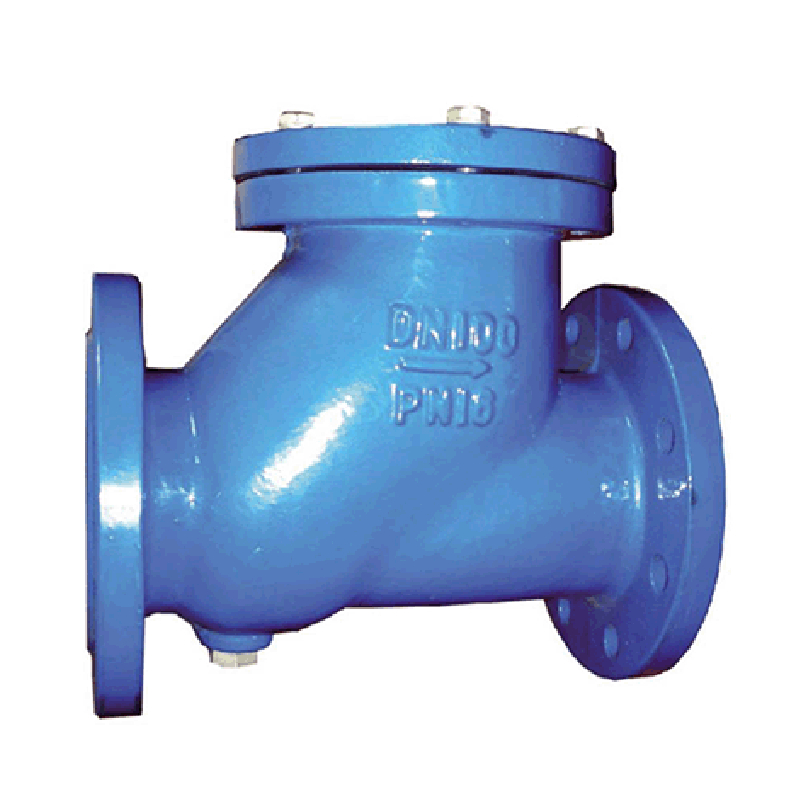Oct . 01, 2024 11:08 Back to list
Flange-Type Ball Valves for Reliable Flow Control Solutions
Understanding Ball Valve Flange Types A Comprehensive Guide
Ball valves are essential components in various industrial applications, providing reliable flow control for liquids and gases. Among the various designs available, flange-type ball valves are particularly popular due to their robust construction and ease of installation. In this article, we’ll delve into the intricacies of ball valve flange types, examining their features, applications, and advantages.
What is a Ball Valve?
A ball valve is a quarter-turn valve that uses a spherical disc, known as a ball, to control flow. The ball has a hole or port through its center, allowing it to either block or permit the passage of fluid. When the handle is turned 90 degrees, the ball rotates, opening or closing the flow path. The design ensures minimal resistance when the valve is open, leading to efficient flow control.
Flanged Connections
Flange connections are a type of mechanical joint commonly used in piping systems. They consist of two flanges, which are flat pieces of metal with holes that allow for bolting together of two sections of pipe or equipment. Flanged connections are preferred in many applications for their strength and ease of maintenance.
Types of Flanged Ball Valves
1. Wafer Style Flanged Ball Valves This type features a slim design that fits between two flanges. It’s often used in applications where space is limited. Wafer-style valves can be installed in both horizontal and vertical positions.
2. Lugged Flanged Ball Valves These valves have lugs or protrusions that allow for easier installation and removal. The design provides added strength, making them suitable for high-pressure applications. Lugged flanged vales can be mounted between two flanges without requiring additional support.
3. Full Port Ball Valves Full port ball valves are designed to have a larger diameter that matches the diameter of the piping. This design minimizes pressure drop and turbulence, offering efficient flow characteristics. Full port valves are ideal for applications requiring minimal flow restrictions.
4. Reduced Port Ball Valves Unlike full port valves, reduced port ball valves have a smaller ball and seat diameter, leading to a more compact valve size. While this design may result in a slight pressure drop, reduced port valves are often more economical and sufficient for many applications.
ball valve flange type

Advantages of Flanged Ball Valves
1. Easy Installation Flanged ball valves feature bolted connections, making them easy to install and remove. This aspect is particularly advantageous during maintenance or when integrating new equipment into existing systems.
2. High Security and Seal Integrity Flanged connections provide robust sealing capabilities, minimizing the risk of leaks. The bolted design allows for adjustments and tightness control, ensuring long-lasting performance.
3. Versatility Flanged ball valves are available in various materials, sizes, and pressure ratings, allowing for versatility in application across numerous industries, including oil and gas, water treatment, and chemical manufacturing.
4. Flow Control The design of ball valves, particularly those that are full port, allows for efficient flow control, reducing energy costs and improving overall system performance.
Applications
Flanged ball valves are widely utilized in many sectors, including
- Water and Wastewater Treatment They control the flow of water and various chemicals in treatment plants. - Oil and Gas Industry These valves handle the transportation of crude oil, natural gas, and refined products. - Chemical Manufacturing Flanged ball valves are essential for controlling harmful or corrosive substances. - HVAC Systems They efficiently regulate heating and cooling systems in large buildings.
Conclusion
Understanding the various ball valve flange types is crucial for selecting the right valve for any application. Their robust design, ease of installation, and versatility make flanged ball valves a favored choice across industries. Whether used for high-pressure applications or standard flow control, their reliability and efficiency can significantly contribute to a system's overall performance. By investing in the appropriate flanged ball valve, operational efficiency and safety can be effectively maximized.
Share
-
Reliable Wafer Type Butterfly Valves for Every IndustryNewsJul.25,2025
-
Reliable Flow Control Begins with the Right Ball Check ValveNewsJul.25,2025
-
Precision Flow Control Starts with Quality ValvesNewsJul.25,2025
-
Industrial Flow Control ReliabilityNewsJul.25,2025
-
Engineered for Efficiency Gate Valves That Power Industrial PerformanceNewsJul.25,2025
-
Empowering Infrastructure Through Quality ManufacturingNewsJul.25,2025